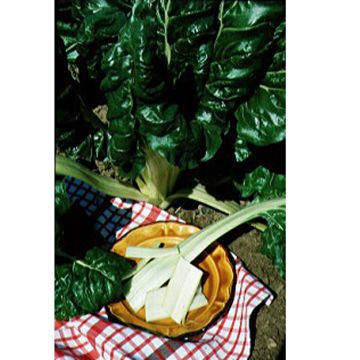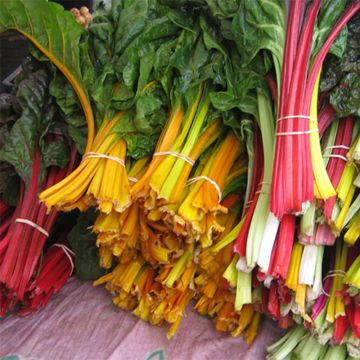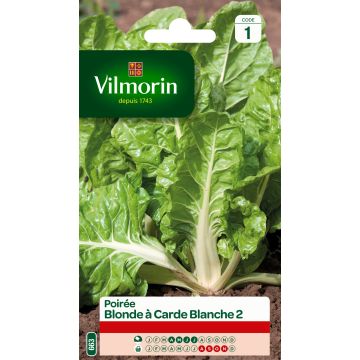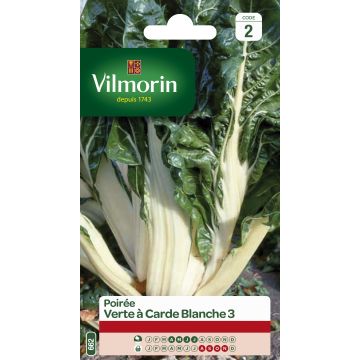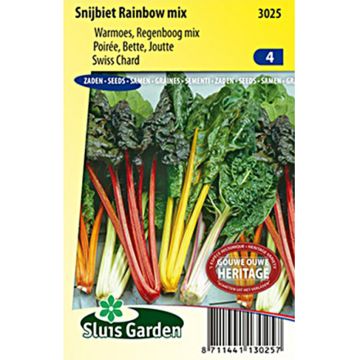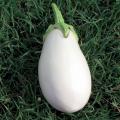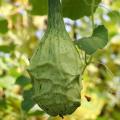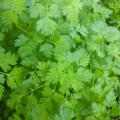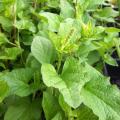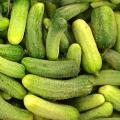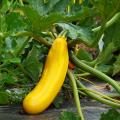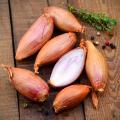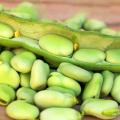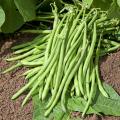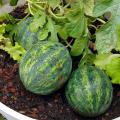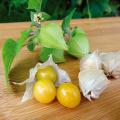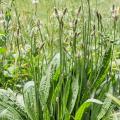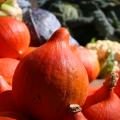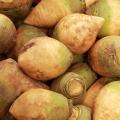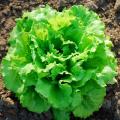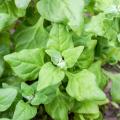Chard
Does this plant fit my garden? Set up your Plantfit profile →
Available in 1 sizes
Available in 1 sizes
Available in 1 sizes
Available in 1 sizes
Available in 2 sizes
Available in 1 sizes
Available in 1 sizes
Available in 1 sizes
Available in 1 sizes
Available in 1 sizes
Available in 1 sizes
Available in 1 sizes
Available in 1 sizes
Available in 1 sizes
Available in 1 sizes
Available in 1 sizes
Available in 1 sizes
Available in 1 sizes
Available in 1 sizes
Available in 1 sizes
Available in 1 sizes
Chard – Beta vulgaris – from the family Chenopodiaceae, also known as Swiss Chard, Leaf Beet or Chard Beet, is a vegetable cultivated for its leaves and its stalks– the central veins. Beets and Chards come from the same plant. Easy to grow, it is mainly consumed cooked. There are now coloured Chards such as the Rhubarb Chard which is edible and decorative. The preparation follows the same recipes as for Spinach. The stalks can be cooked in gratins, pies and tarts in the same way as cardoons. Chard is rich in fibre and minerals but also oxalates. It is therefore recommended not to overindulge.
Haven't found what you were looking for?






































